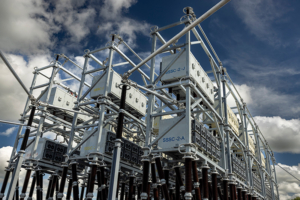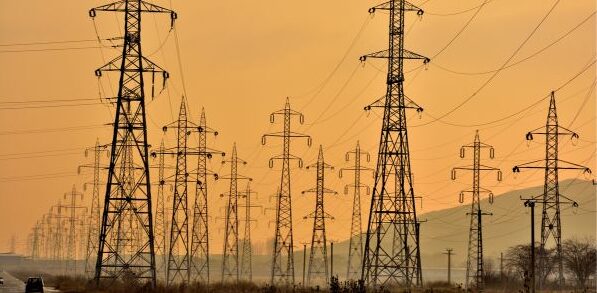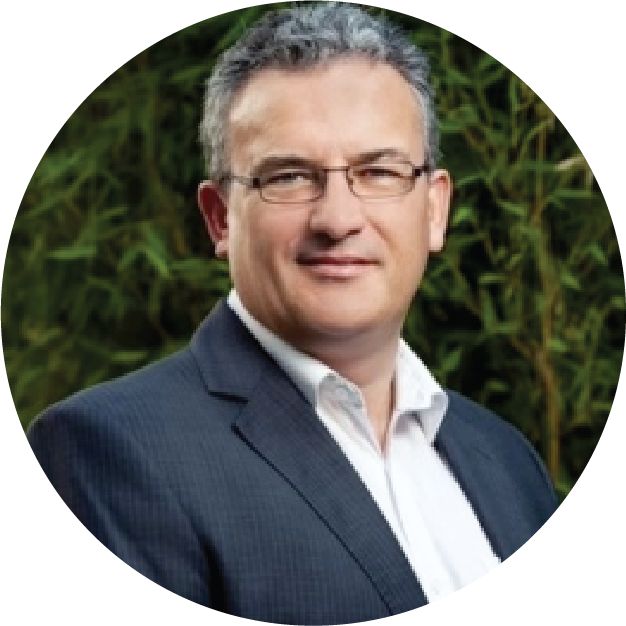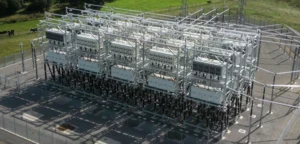
Accelerating progress on the EU’s 70% requirement with APFC
October 9, 2024
The EU’s ‘70% requirement’ for TSOs to make transmission capacity available for cross-border electricity trading came into effect nearly five years ago but so far progress has been slow. With the end 2025 deadline fast approaching, what can transmission owners do to move closer to reaching 70% available capacity between countries? In this article, Mark Norton explains how targeted grid developments and solutions, like advanced power flow control (APFC) that enhance capacity on the existing grid, can accelerate progress and help meet the target on-time.

Since it entered into force in January 2020, the obligation for TSOs to make 70% of transmission capacity available for cross-border electricity trading (the so-called ‘70% requirement’) has been the subject of many articles and reports. By and large, progress towards making more capacity available has been slow even though the deadline of the end of 2025 is fast-approaching. Whilst some countries have already exceeded the target on their interconnectors, many countries are way behind where they need to be.
Before diving into how progress towards this target can be accelerated, it’s worth understanding the current context. As per ACER’s 2024 Market Monitoring Report, the EU grid is becoming increasingly congested, with the cost of managing this congestion reaching €4.2 billion in 2023 alone. The situation is worse in some countries like Germany, which has borne 60% of these 2023 costs. This congestion means remedial actions like the redispatch of generation (that essentially means that the TSO requests the adjustment to the operating schedule of power plants set by the market), rose 14.5% in the same period. This not only adds costs for end-consumers, but also caused an additional 4.2 million tons of CO₂ emissions!
If the 70% target is met by all countries in Europe, this would significantly improve the flow of electricity across the continent and ultimately improve access to clean, reliable affordable electricity to consumers. So how can they do this within the next two years?
Well ACER makes three recommendations:
- TSOs to swiftly implement coordinated processes to first calculate capacity and then manage congestion. Moving toward a more regional approach will ensure that the Member States causing loop flows will bear their cost, allowing for more capacity to be made available.
- TSOs to undertake targeted grid developments, focusing on most congested areas of the grid.
- Improve the bidding zones configuration: if consistently unable to meet the 70% requirement, better align the bidding zone borders with where the structural grid congestion occurs.
Given that two of these recommendations require coordinated process and organizational structural changes, in this piece I’ll focus on the recommendation to undertake targeted grid developments on the most congested areas of the grid. This applies to both congestion on the internal network of a country that is limiting cross border flows, and also congestion on the capacity of the interconnectors themselves.
While new linear infrastructure (lines, cables, stations, etc.) is certainly needed to strengthen European grids, the reality is that aside from new infrastructure projects that are already underway, these simply will not be delivered in time to make progress by end 2025. Thankfully, solutions that can help optimize use of the existing grid have huge potential to accelerate progress and also help get more from any new linear infrastructure once it is built.
One such solution is advanced power flow control (APFC) which effectively changes the reactance of the line on which it is deployed consequently changing power flows on transmission and distribution grids and unlocking extra network capacity. This solution can be deployed within 12 – 18 months of ordering, providing a cost- and time-efficient method to unlock capacity on national grids and interconnectors. Utilities across four continents are already using APFC to maximize transfer capacity between regions, including National Grid (UK), Central Hudson (USA) and Transgrid (AU) and can guide the way as to the art of the possible and best practice.
In the UK, National Grid Electricity Transmission (NGET) is using SmartValve at three substations across five circuits at 275 kV and 400 kV to resolve congestion on critical boundaries caused by north to south power flows. This need was driven by both the significant growth of renewable generation in Scotland that needs to be delivered to demand centers in England, and the unexpected earlier retirement of conventional generation plants. By pushing power off overloaded circuits and pulling power onto circuits with spare capacity, NGET is balancing power flows on these areas of their 400 kV and 275 kV network and now utilizing over 2 GW of extra transmission capacity across three boundaries between Scotland and Northern England. An additional 2 GW is impressive, however, perhaps more impressive is the timing. The first 1.5 GW was achieved within 2 years, and when an unexpected early generator closure occurred, two of these deployments were able to be resized in an even shorter time.
Across the Atlantic, Central Hudson is using SmartValves at the Hurley substation to provide series compensation on 345 kV circuits and increase the transfer capacity of the UPNY-SENY interface in New York State by 185 MW. This essentially reduces bottlenecks on heavily loaded grid assets in the area which were limiting regional power flows. The alternative option considered for this network need was a fixed series capacitor (FSC) that would have required 25% more substation space, additional site works, a $10 M higher cost, and would not allow easy resizing.
Down under, Transgrid is using SmartValves across two 330 kV circuits to unlock 170 MW of extra transmission interconnection capacity between the provinces of Victoria and New South Wales. This supports the growth of renewable energy generation to replace the coal-fired generation that is retiring earlier than anticipated. Using SmartValves avoided reconductoring a line and constructing a new transformer in a national park, providing a faster, less environmentally impactful, and more cost-efficient solution. The project delivers cost savings of nearly $180 million, from a combined reduction in generation dispatch costs through more efficient market operation across the two states, and lower capital costs for interconnecting new generation in NSW.
As demonstrated by these successful projects in the UK, the US, and Australia, solutions like SmartValve not only provide immediate capacity between regions and countries, but also offer a timely, scalable, cost-effective, and environmentally friendly alternative to traditional infrastructure upgrades. As the 2025 deadline for the 70% cross-border capacity target looms, these innovative approaches provide European’s TSOs with the opportunity to accelerate their progress on achieving 70% before the deadline. Leveraging them alongside traditional grid investments to meet their cross-border capacity obligations can deliver clean, affordable and reliable electricity to consumers across the continent not only for 2025, but for decades to come. They represent a no-regret solution, that can work harmoniously with existing plans, maximising benefits of new infrastructure, providing a valuable management tool to ongoing timely network development in the face of increasing uncertainty in network needs.
Contributing expert
Mark Norton has worked in the international electrical utility industry for over 34 years, 18 of those in management. At Smart Wires he works with utilities across the world to solve their critical grid challenges using SUMO and SmartValve. During his career, he has worked in the evaluation, design and planned development of power networks in Ireland and throughout Europe. At EirGrid he developed the Irish Grid Development Strategy and was responsible for making investment decisions for network development projects with a five-year capital budget of over 1 billion Euros. As part of his previous roles at ENTSO-E Mark chaired the steering group for the European Ten-Year Network Development Plan (TYNDP) and led the development of a network code which is now European Regulation for new demand users.
For press related purposes, please contact us at marketing@smartwires.com.
Dive deeper into related content
Explore our products and services
Talk to our experts



